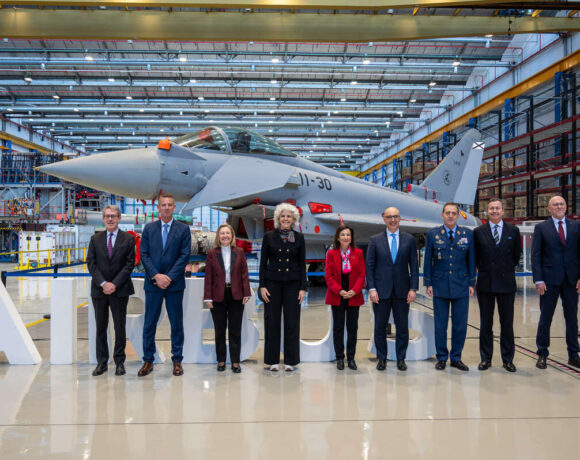Russia attacks Ukraine with new missile type

Ukraine to get US landmines
In a significant escalation of the conflict in Ukraine, Russia has launched a new experimental missile at the city of Dnipro in Ukraine. The missile, described by the US Department of Defence as an intermediate-range ballistic missile (IRBM), marks a new phase in Russia’s use of advanced weaponry against Ukraine.
The missile is reportedly based on the RS-26 Rubezh intercontinental ballistic missile (ICBM) model but with modifications for medium-range use.
During a Pentagon briefing, Sabrina Singh, the Pentagon’s Deputy Press Secretary, confirmed the missile’s launch, noting that the United States was notified of the impending strike via nuclear risk reduction channels. However, she emphasised that the missile’s impact remains unclear at this stage, though its use is regarded with concern.
“This IRBM was launched at Dnipro, and while it is reported to have carried a conventional warhead, the missile could be reconfigured to carry either conventional or nuclear warheads,” Singh explained. “This is the first time such a weapon has been deployed in combat in Ukraine, marking a new and worrying escalation in the conflict.”
The Pentagon highlighted the missile’s potential for large payloads and its ability to reach high altitudes, similar to ICBMs. However, the key difference lies in the missile’s range and strategic purpose, which are more limited than those of an ICBM intended for regional strikes rather than global deterrence.
Antipersonnel landmines
As part of its ongoing support for Ukraine, the United States meanwhile confirmed it would supply Ukraine with antipersonnel landmines to counter Russian military tactics.
US Defence Secretary Lloyd J. Austin explained that the decision was influenced by Russia’s changing battlefield approach, where troops now advance without relying on mechanised forces. This strategy has led to the increased use of dismounted troops, which the Ukrainians are attempting to slow with home-made landmines.
“The landmines that the Ukrainians are currently producing are designed to slow Russian advances, but they are often less reliable and can remain in place after the battle has ended,” Austin stated. “The US will provide controlled and designed landmines to self-detonate, ensuring they do not pose a persistent threat after use.”
The US has assured the international community that these landmines will be strictly used within Ukrainian territory, and the Ukrainian government has committed to avoiding their use in populated areas. The landmines will provide an additional tool for the Ukrainian military as it seeks to defend its territory and repel further Russian advances.
The combined use of advanced missile technology by Russia and the new weaponry being supplied by the US reflects the increasingly complex nature of the conflict. While Russia’s deployment of the experimental IRBM represents a clear demonstration of its military capabilities, the introduction of new tactical weapons by the U.S. underscores its ongoing commitment to supporting Ukraine’s defence efforts.
This latest development comes amidst a broader shift in military tactics on both sides. The US has noted that Russian forces have been forced to adapt as their offensive has stalled, leading them to employ alternative strategies such as leading with smaller, dismounted units rather than relying on larger mechanised forces. The Ukrainians, in turn, have responded by developing and deploying their countermeasures, such as landmines, to impede the movement of these forces.
Despite the growing military support from Western nations, the conflict shows no signs of abating. The increasing use of powerful and experimental weapons by Russia, coupled with Ukraine’s efforts to bolster its defences with advanced military technology, suggests that the war will continue to evolve into an even more lethal and high-tech confrontation. The international community remains on edge, watching closely as both sides prepare for further escalations in what has become one of the most drawn-out and intense conflicts in recent history.
Hero image: File photo of an aerial view of the Pentagon in Washington, DC. Credit: US Air Force
Last Updated on 4 months by Arnold Pinto












